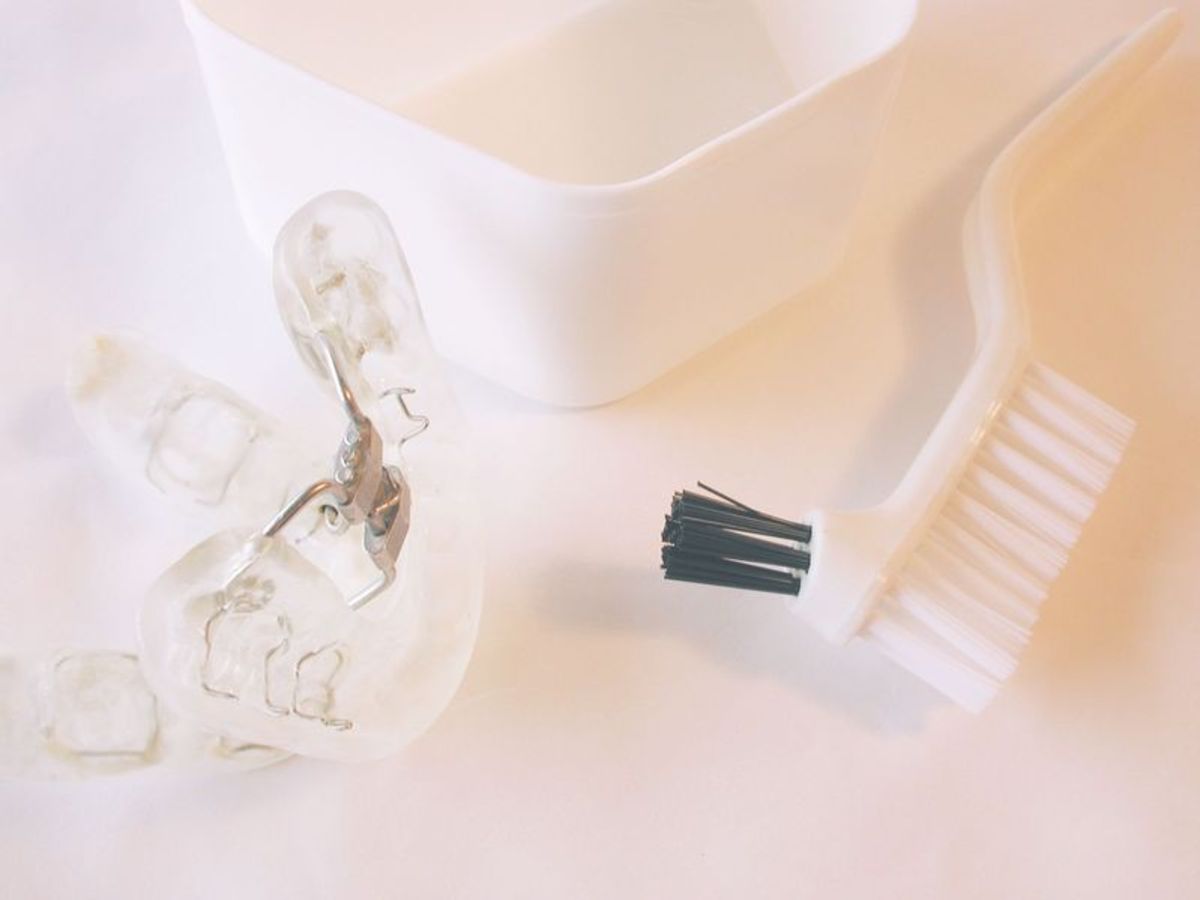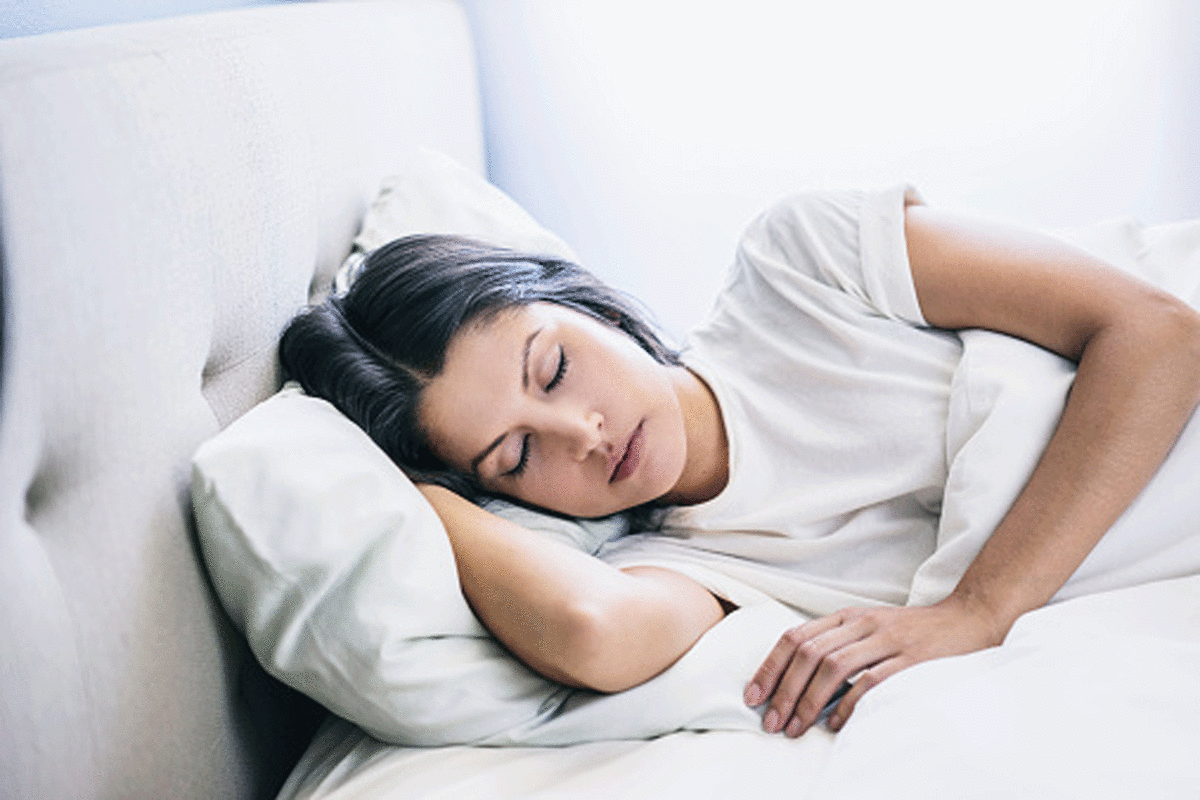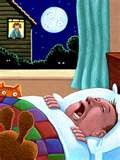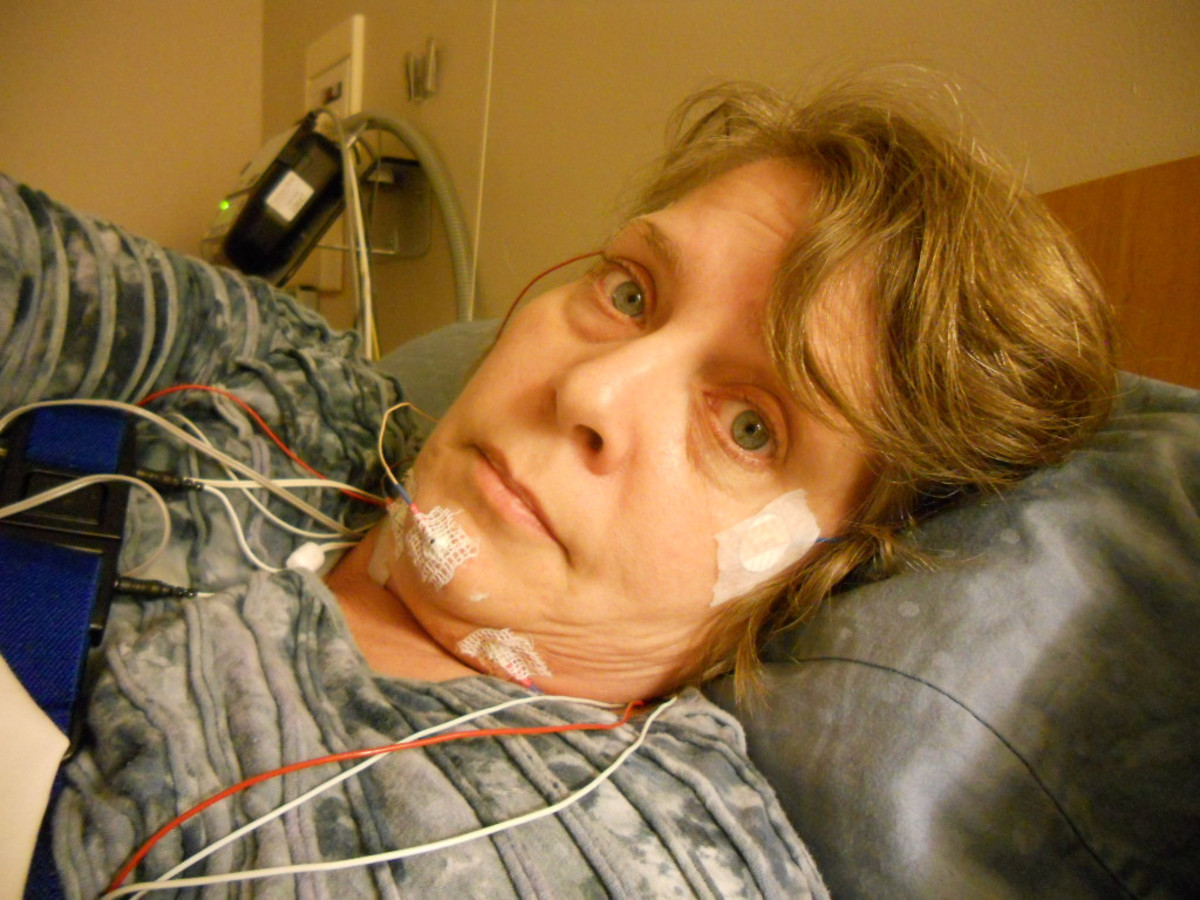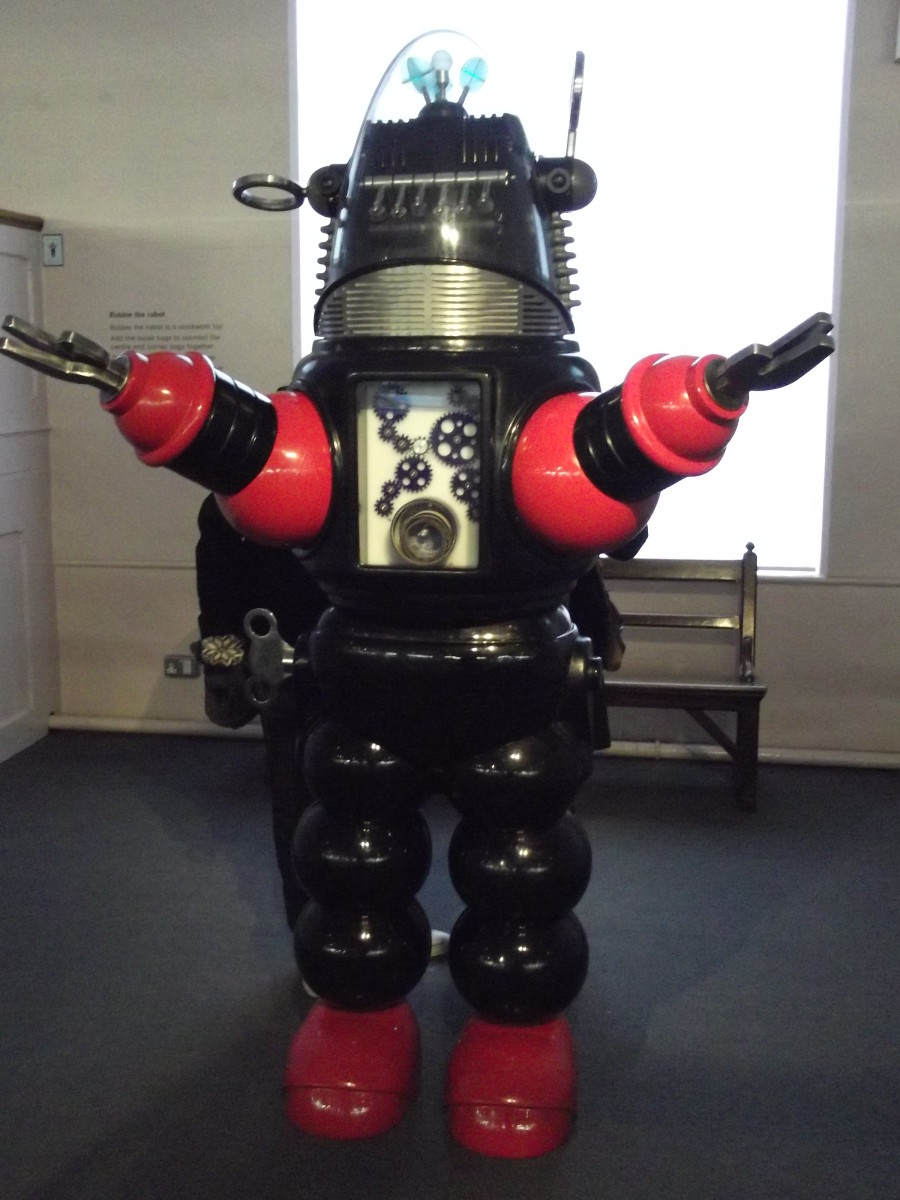Sleep Apnea: The Sleeping Disorder that Killed Actress Carrie Fisher
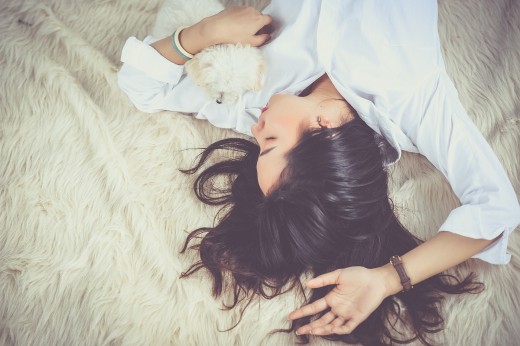
What Is Sleep Apnea?
Sleep apnea causes victims to stop breathing while they are sleeping and affects an estimated 18 million people in the United States.
Sleep apnea is connected to numerous other health problems including headaches, fatigue, and insomnia, which is a sleeping disorder in and of itself.
Researchers have recently linked depression to sleep apnea as well, which leads to nearly 15 million adults experiencing a major depressive episode at least once in 12 months.
According to these statistics, a significant number of people in the United States may be affected by both conditions.
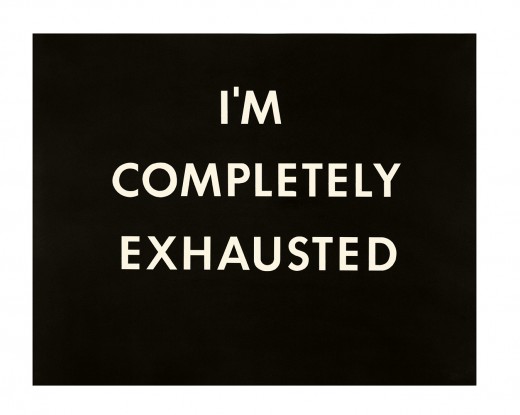
How Sleep Apnea Is Life-Threatening
One of the most notable deaths attributed in part to sleep apnea is the passing of Carrie Fisher, who died of a heart attack in December 2016 at the age of 60.
While it is true that Fisher suffered from substance addiction, with the coroner stating that the actress had cocaine, morphine, codeine, and oxycodone in her system when she passed, the coroner also attributed sleep apnea as being most responsible for her massive heart attack.
In addition to that, the Rolling Stone reported:
“The Los Angeles County coroner’s office added Friday that atherosclerotic heart disease – fatty tissue in the walls of Fisher’s arteries – also contributed to her death, but the exact cause of her heart attack aboard a Los Angeles-bound airplane remains unclear.”
But the Star Wars actress is not the only famous person to have passed away as a result of sleep apnea. There are plenty of other well-known cases where sleep apnea can be directly correlated to the person’s death.
According to sleepapnea.org, the following celebrities died from sleep apnea:
- James Gandolfini (The Sopranos)
- Comedic actor John Candy
- Justin Tennison (The Deadliest Catch)
- Entertainer Harris Glenn Milstead (also known as Divine)
- Grateful Dead frontman Jerry Garcia
- Singer-musician Israel Kamakawiwo’ole
- President William Howard Taft
- NFL player Reggie White
Sleepapnea.org also pointed out that Supreme Court justice Anton Scalia fell victim to sleep apnea “as the result of failing to turn on his CPAP machine to treat his sleep apnea.”
Sleep apnea is a disorder where a sleeping person's throat narrows or closes entirely, interrupting their breathing up to hundreds of times in a single night.
This constant narrowing and closing of the throat cause the sufferer's blood oxygen levels to fall to such a level that they are suddenly woken up from their sleep.
However, though this can happen to someone hundreds of times a night, they are unaware of it. The only sign is the victim wakes up the next day feeling fatigued.
Over time, they may resort to drugs as a way to either sleep better or keep themselves alert during their awake hours.
Since the signs of sleep apnea often go unnoticed by the victim, it can go untreated.
According to WebMD, these are the following health risks caused by sleep apnea:
- High blood pressure
- Stroke
- Heart failure, irregular heartbeats, and heart attacks
- Diabetes
- Depression
- Worsening of ADHD
- Headaches
The first five health risks are what make sleep apnea life-threatening, with depression be so because it can lead to drug abuse or suicide.

How to Diagnose and Treat Sleep Apnea
If you notice a prolonged period of waking up unrested or low on energy, ask your bed partner to inform you if they have ever noticed you snoring heavily, gasping for air, choking, or have moments where you either have labored breathing or your breathing stops.
If you are single or do not sleep with your partner, there are numerous sleep monitoring applications on both Android and iOS that record your sleeping habits.
For those who believe the problem is serious enough, you may need to visit a sleep center where sleep specialists can conduct what is called a sleep study.
If you suspect you are suffering from health problems related to sleep apnea, there are a few ways to treat it.
If you are not interested in using drugs as the first course of action, experimenting with different sleeping positions might be the simplest solution.
For example, those who sleep in a supine position are more prone to suffer from sleep apnea, since lying flat on your back results in the tongue, pharynx, and soft palate to block the airways.
If sleeping in other positions is uncomfortable, you may need to switch to a firm, medium-firm, or memory foam mattresses that work well with adjustable bed bases.
Another way of treating sleep apnea is by wearing a positive airway pressure (CPAP) mask. This mode of respiratory ventilation is a form of sleep apnea therapy but is also used with those “critically ill in hospital with respiratory failure.”
This speaks volumes of the dangers posed by sleep apnea.
However, many people do not want to wear such a device while they sleep, so doctors are forced to find alternative methods in treating those suffering from this sleeping disorder.
© 2019 Sarah Draper



